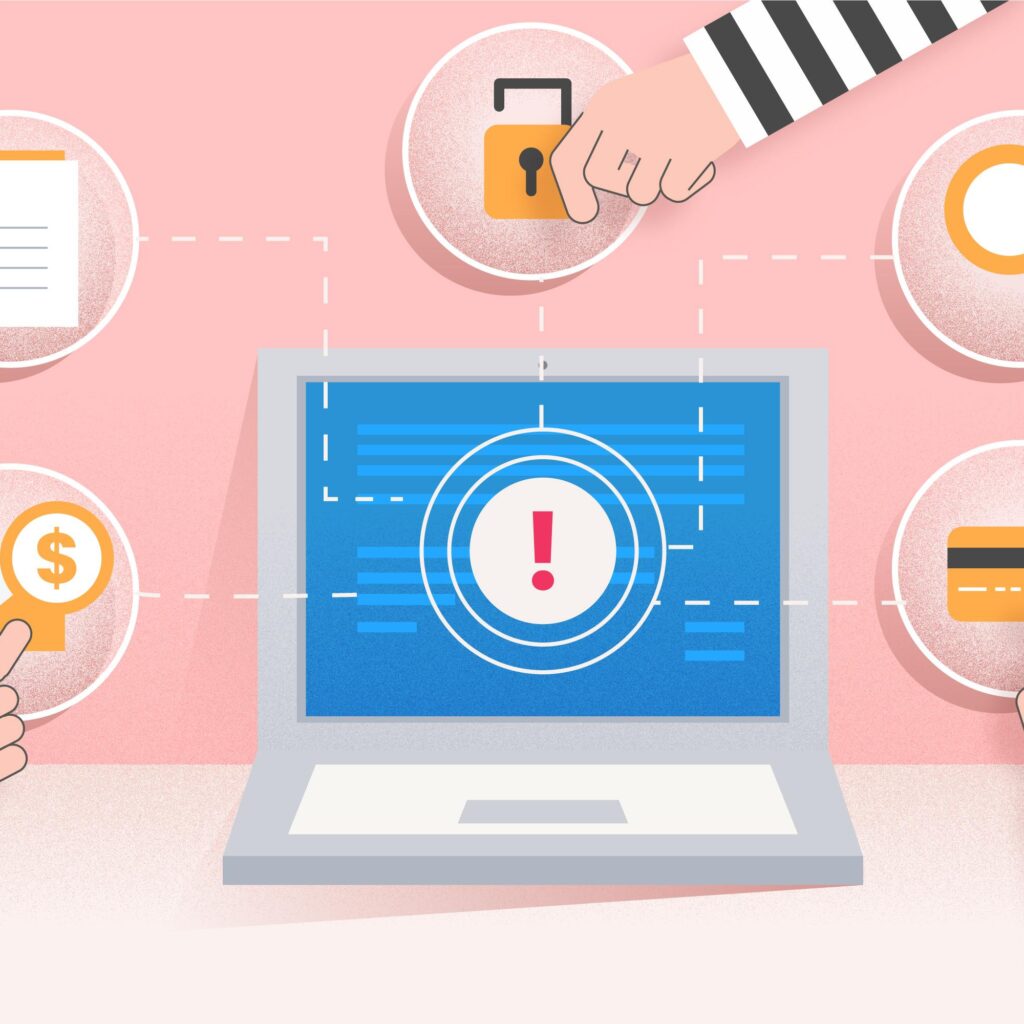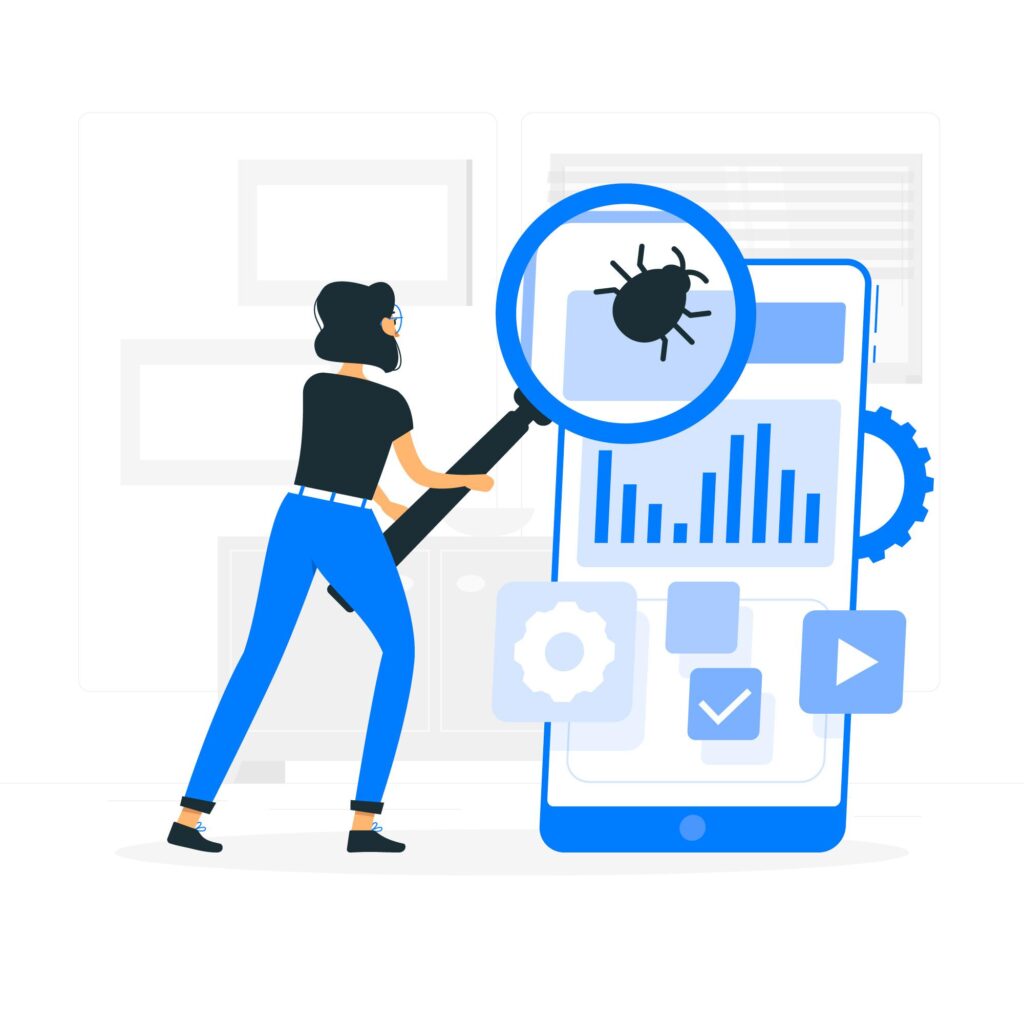In today’s digital landscape, application security and securing from cyberattacks and data breaches is paramount. The consequences of a successful breach can be devastating, resulting in financial losses, reputational damage, and compromised customer trust. In this comprehensive guide, we will explore effective strategies and actionable tips to fortify your applications and safeguard your valuable data. By implementing robust security measures, you can mitigate the risks posed by cyber threats and protect your organization from potential harm.

The Growing Threat Landscape
In a rapidly evolving cyber threat landscape, it is crucial to understand the nature and scope of the risks that your applications face. Cybercriminals employ sophisticated techniques to exploit vulnerabilities and gain unauthorized access to sensitive data. By staying informed about the latest threats and attack vectors, you can proactively protect your applications and mitigate potential risks.
Establishing a Secure Foundation

Building a strong foundation is the key to securing your applications from cyberattacks and data breaches. By implementing foundational security measures, you create robust defenses that can withstand potential threats. Let’s explore some essential steps to establish a secure foundation for your applications.
Best Practices for Application Security
Securing your applications requires a multi-layered approach that encompasses various aspects of application security. In this section, we will delve into best practices and actionable tips to protect your applications from cyber threats and ensure the integrity and confidentiality of your data.
Securing Application Infrastructure
The infrastructure on which your applications run plays a crucial role in their security. Implementing security measures at the infrastructure level helps protect against unauthorized access, data breaches, and system compromises. Let’s explore key considerations for securing your application infrastructure.
Strengthening Access Controls
Proper access controls are vital for ensuring that only authorized individuals can access your applications and sensitive data. In this section, we will discuss techniques to strengthen access controls and prevent unauthorized access or data breaches.
Implementing Secure Coding Practices
Writing secure code is an essential aspect of application security. By following secure coding practices, you can minimize the risk of vulnerabilities that can be exploited by attackers. Let’s explore key principles and techniques for implementing secure coding practices.
Regular Updates and Patch Management
Keeping your applications up to date with the latest security patches is crucial for addressing known vulnerabilities. In this section, we will discuss the importance of regular updates and effective patch management to maintain a secure application environment.
Incident Response and Recovery
Even with robust security measures in place, it’s important to be prepared for security incidents or breaches. Having a well-defined incident response plan and recovery strategy can minimize the impact of an incident and help your organization recover swiftly.
Conclusion
In an increasingly interconnected world, securing your applications from cyberattacks and data breaches is a necessity. By implementing the strategies and best practices outlined in this guide, you can fortify your applications and protect your valuable data. Remember, application security is an ongoing effort that requires constant vigilance and proactive measures. Stay informed, update your security practices regularly, and prioritize the protection of your applications to safeguard your organization from potential threats.
If you’ve mastered application security and are now seeking guidance on testing of application then you can read our blog on “Testing and Debugging of Applications”
https://writersfirm.com/2023/07/04/testing-and-debugging-of-applications/?preview=true




